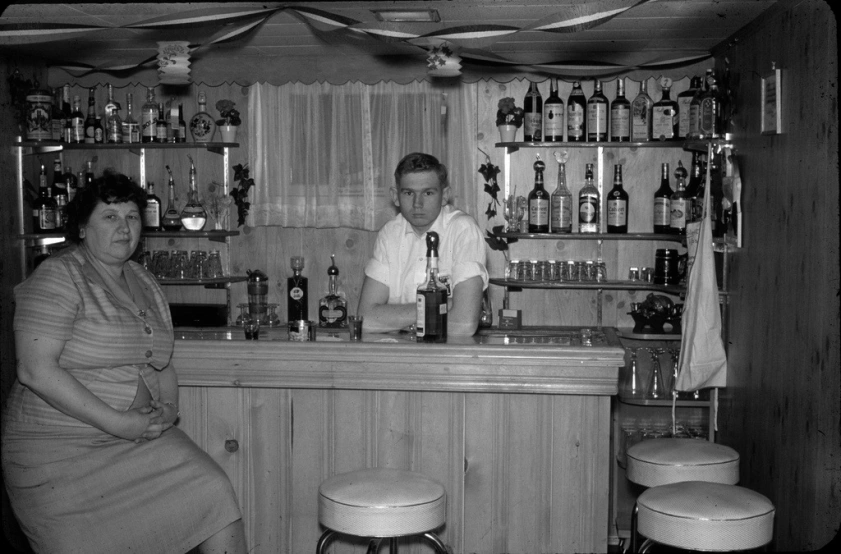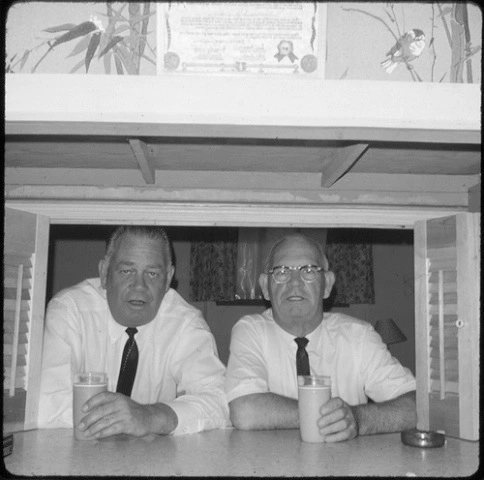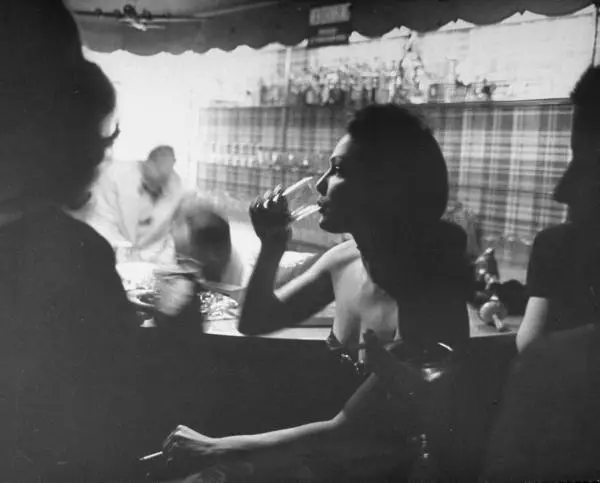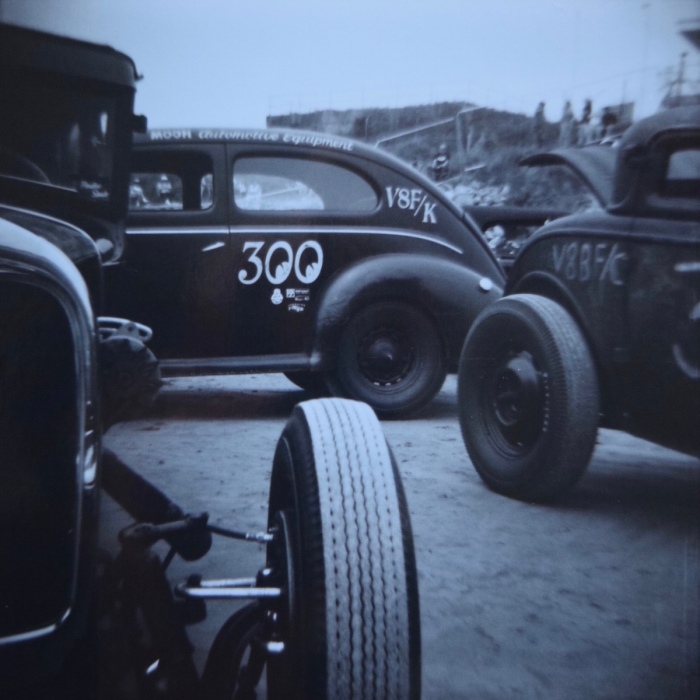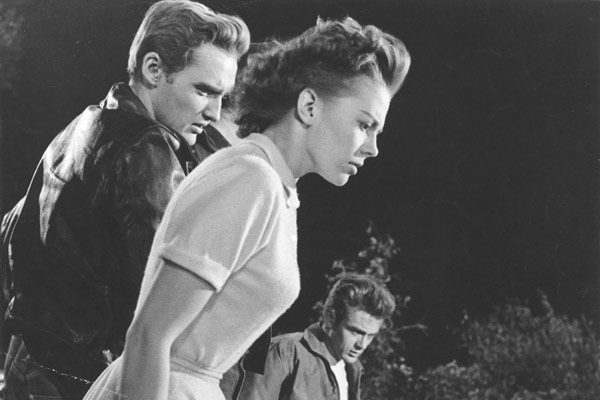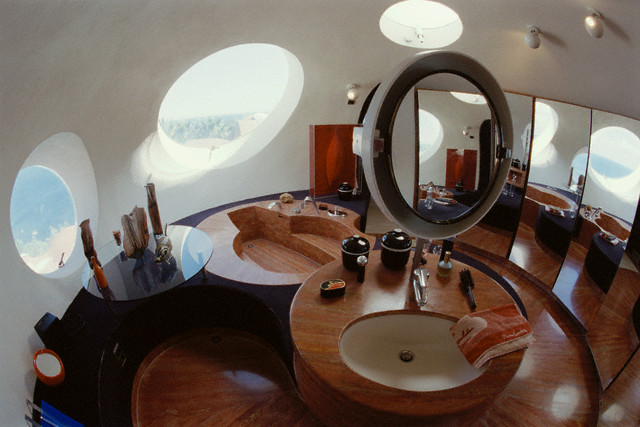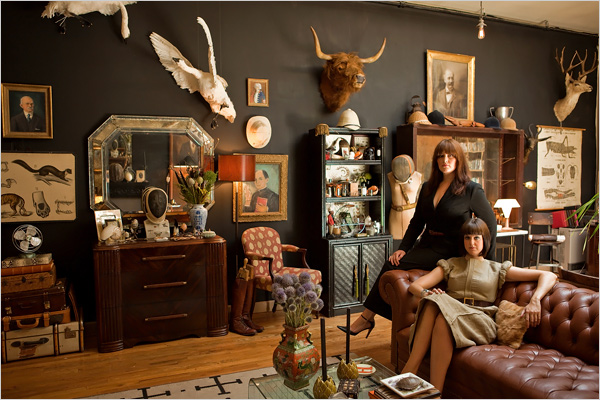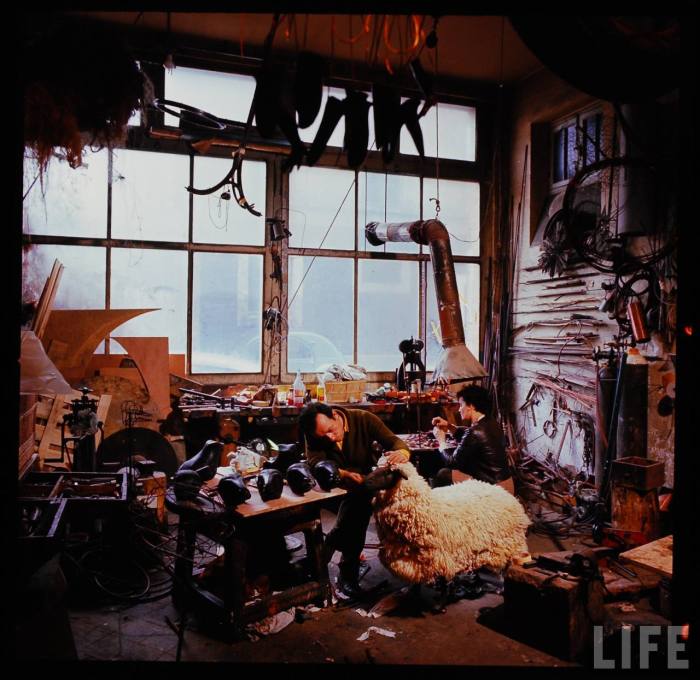*
From the desk of Contributing Editor, Eli M. Getson–
*
Our Grandparent’s generation got it right, man– the fully loaded, properly-appointed basement bar. via here
*
Like a lot of us affected by the ongoing economic instability, I’ve had to tighten the purse strings a bit lately. Simply put– I’m spending more time at home, and less dough on going out. That said, my penchant for enjoying a stiff drink with friends has inspired me to bring back something my Grandparent’s generation held sacred and all had– the basement bar. Let us be clear before anyone reads on– this is not about having an additional fridge stocked with Corona you bought from Costco, a jumbo bag of chips, and a few crappy bean bags that reek of stale beer from your frat house days. That’s the JV approach, and not an atmosphere where anyone serious about drinking and socializing wants to hang. In short– it is not a bar.
*
Can I pour you a tall, stiff one? Does anyone wear a tie at home anymore, let alone in their basement? Circa 1965– via here
*
The home bar craze started post WWII, as more Americans realized the dream of home ownership (late 1940’s to early 1970’s being my unofficial Golden Years). As families migrated more and more to the suburbs, they found themselves enjoying entertaining at home. Probably because as first-time home owners, they truly busted their asses to get into a house– saving every nickel (they’d never even consider defaulting on a mortgage), and when they finally settled on their dream house, they were truly proud of it, and wanted to show it off to friends and family alike. Also restaurants and bars were still largely urban back then. It would be many years before the suburbs were teaming with every silly “TGI– what is that ridiculous friggin’ costume” restaurant/bar franchise. The other great thing back then– the “politically correct” culture of today was not around to stop grownups from socializing– sans kids. Back in the day, entertaining the children was what the TV upstairs was made for. With the kiddies safely locked away watching Rawhide, the adults were free to to enjoy top-shelf spirits, Chesterfield smoky treats, and boozy, adult conversation in the privacy of their own homes– truly paradise on earth.
*
Circa 1949– Glamour gal, Eileen Howe, having a drink on New Year’s Eve in Samuel Spiegel’s home bar. Photo by Peter Stackpole for LIFE magazine.
*
